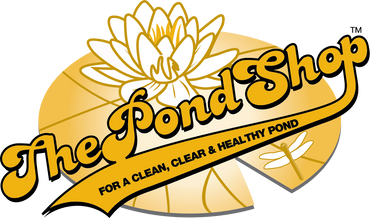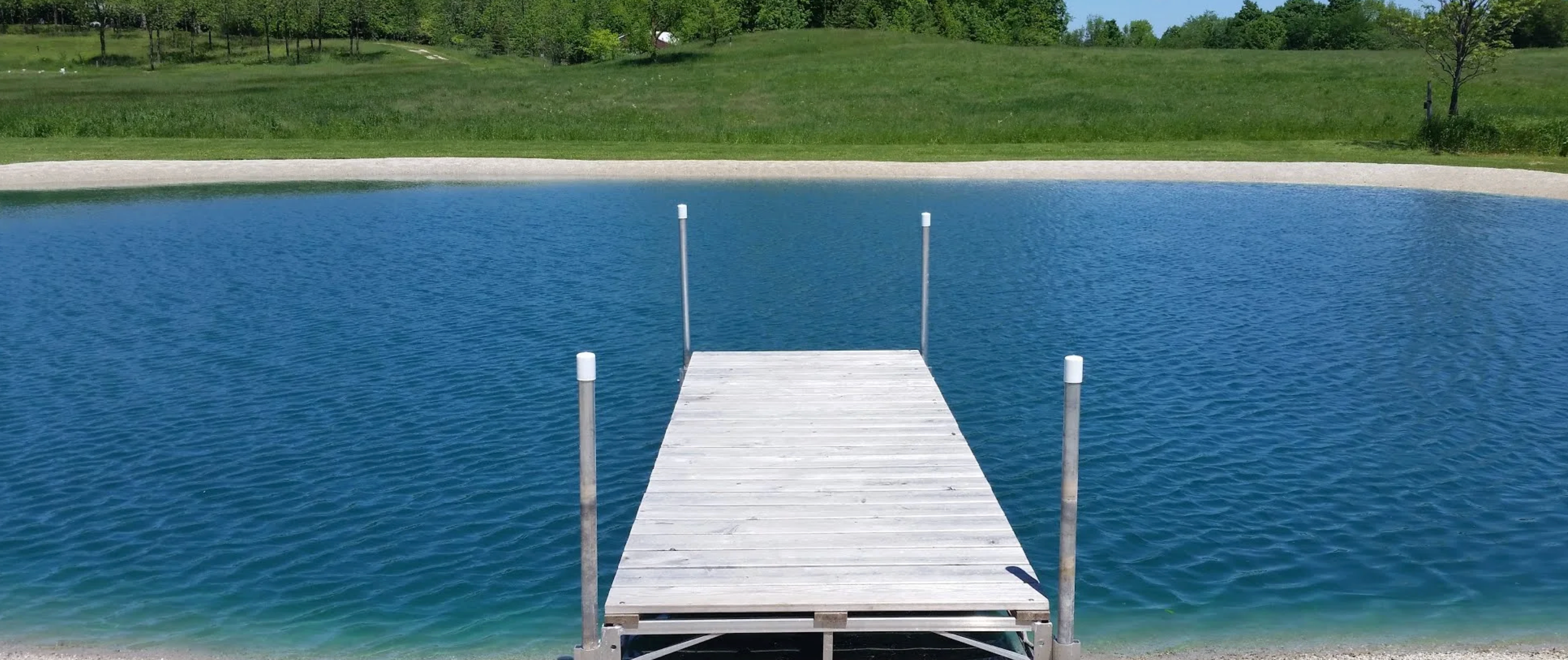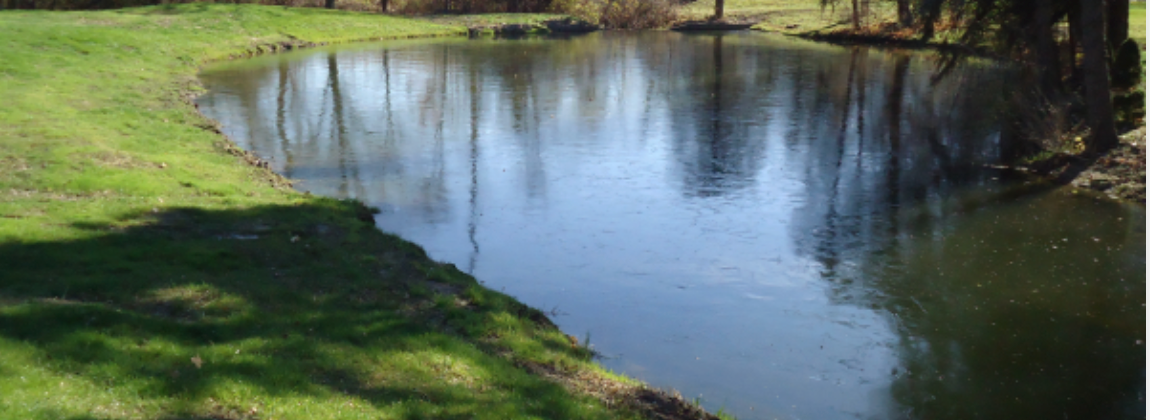The Importance of Aeration in a Pond or Lake: A Key to a Healthy Aquatic Ecosystem
When it comes to maintaining a healthy, vibrant pond or lake, one often overlooked but absolutely essential element is aeration. Whether you’re managing a small backyard pond or a large recreational lake, aeration plays a critical role in sustaining water quality, supporting aquatic life, and preventing a host of common problems.
What is Aeration?
Aeration is the process of increasing or maintaining the oxygen levels in a body of water. It typically involves circulating the water so that oxygen from the atmosphere can dissolve into it, or directly infusing air or pure oxygen into the water through mechanical systems.
Why Does Aeration Matter?
1. Promotes Healthy Oxygen Levels
Just like land animals, fish and other aquatic organisms need oxygen to survive. Without adequate dissolved oxygen (DO), fish can become stressed, growth can be stunted, and in severe cases, large fish kills can occur. Aeration ensures that oxygen is evenly distributed throughout the water column, from the surface down to the bottom.
2. Reduces Algae Blooms
Excessive nutrients, like phosphorus and nitrogen, often lead to harmful algae blooms. Aeration helps by circulating water, breaking up stagnant layers, and supporting beneficial aerobic bacteria that outcompete algae for nutrients. It also helps prevent stratification—a condition where the water separates into layers, often leading to low oxygen at the bottom and enabling the release of more nutrients from sediment.
3. Controls Muck and Odor
Over time, ponds and lakes can accumulate organic matter like leaves, dead plants, and fish waste. If left unchecked, this builds up into a thick muck layer that can smell foul and slowly choke the pond. Aeration encourages aerobic decomposition, which is faster and more efficient than anaerobic processes, reducing buildup and minimizing odors.
4. Supports Beneficial Bacteria
Aerobic bacteria thrive in oxygen-rich environments and are vital for breaking down organic matter and keeping nutrient levels balanced. Without sufficient aeration, anaerobic bacteria take over, which are less efficient and can produce toxic byproducts like hydrogen sulfide.
5. Improves Water Clarity
By keeping the water moving and supporting a healthy ecosystem, aeration often leads to clearer water. It discourages suspended particles, reduces surface scum, and helps beneficial microbes keep the water balanced and aesthetically pleasing.
Types of Aeration Systems
-
Surface Aerators: These devices agitate the water at the surface, promoting oxygen exchange with the air.
-
Diffused Aeration Systems: Typically placed at the bottom of the pond or lake, these systems release fine bubbles that rise, carrying oxygen and circulating the water vertically.
-
Fountains: While primarily decorative, fountains also provide some level of surface aeration, especially in smaller bodies of water.
When is Aeration Most Needed?
While aeration is beneficial year-round, it’s especially important during the warmer months when oxygen levels naturally decrease due to higher water temperatures. It’s also vital in winter for areas prone to ice cover, which limits gas exchange and can lead to winterkill in fish populations.
Conclusion
Aeration is more than just an add-on for your pond or lake—it’s a foundational aspect of water management. By keeping oxygen levels high, supporting beneficial microbes, and maintaining a balanced ecosystem, aeration can prevent a cascade of problems and keep your waterbody thriving all year round.
If you're noticing signs like murky water, excessive algae, or unpleasant smells, it might be time to consider installing or upgrading an aeration system. A healthy pond is a beautiful pond—and aeration is the breath of life that keeps it that way.



